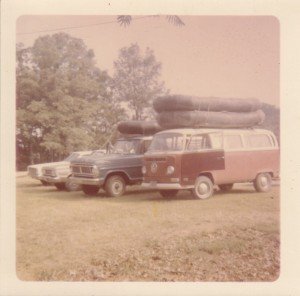Short History of Rafting
Traveling by water has been a form of transportation for ages; however, the whitewater rafting form of water transportation is fairly recent. Whitewater rafting started as a way to explore unknown rivers and the areas that surround them. Nowadays, having explored most places; people participate in whitewater rafting for fun.
The first rafting trip was made in 1811 on the Snake River. The expedition did not get very far being that they did not have the proper gear or training.
In 1840 the Rubber Raft was invented by Lt. John Fremont and Horace H. Day. On June 9th of 1840 a successful scientific exploration of the Snake River was led by Clyde Smith.
During the year 1869 scientific expeditions explored the Green and Colorado River.
In 1940 the 1st commercial whitewater rafting trip went down the Salmon River. At the end of World War II surplus rafts became available and trips began to run on western rivers on a regular basis.
Then in the 1950’s John D. Rockefeller, Jr. constructed the Grand Teton National Park. The park offered float trips down the Snake River.
It wasn’t until the 1960’s and 70’s that whitewater rafting started to become popular and spread east. Wildwater was established in 1971 on the Chattooga River.
In 1972 Whitewater Paddling got a major boost in popularity after the Olympic Games in Munich included Canoe and Kayak Slalom in the competitions. Also, the same year the movie Deliverance came out on the Silver Screen.
Ocoee Whitewater Center was built in 1996 for the Olympic Games. The whitewater Olympic course opened for rafting shortly after the games finished.
Today people have thrilling whitewater adventures at their fingertips. With rafting companies on almost every river all over the United States, it is no wonder that countless people go rafting every year! Some raft on their own, but most choose to use an outfitter for convenience and safety.

